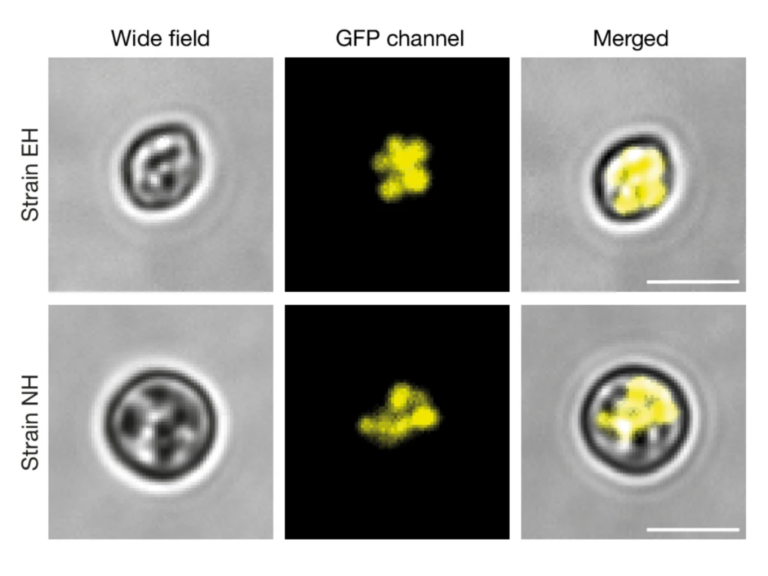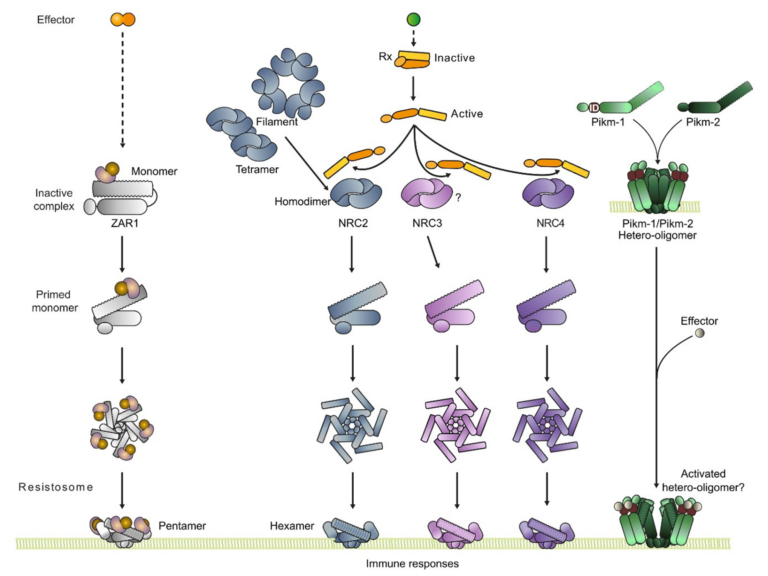Metabolic efficiency reshapes the seminal relationship between pathogen growth rate and virulence
A cornerstone of classical virulence evolution theories is the assumption that pathogen growth rate is positively correlated with virulence, the amount of damage pathogens inflict on their hosts. Such theories are key for incorporating evolutionary principles into sustainable disease management strategies. Yet, empirical evidence raises doubts over this central assumption underpinning classical theories, thus undermining their generality and predictive power. In this paper, we identify a key component missing from current theories which redefines the growth-virulence relationship in a way that is consistent with data. By modifying the activity of a single metabolic gene, we engineered strains of Magnaporthe oryzae with different nutrient acquisition and growth rates. We conducted in planta infection studies and uncovered an unexpected non-monotonic relationship between growth rate and virulence that is jointly shaped by how growth rate and metabolic efficiency interact. This novel mechanistic framework paves the way for a much-needed new suite of virulence evolution theories.


